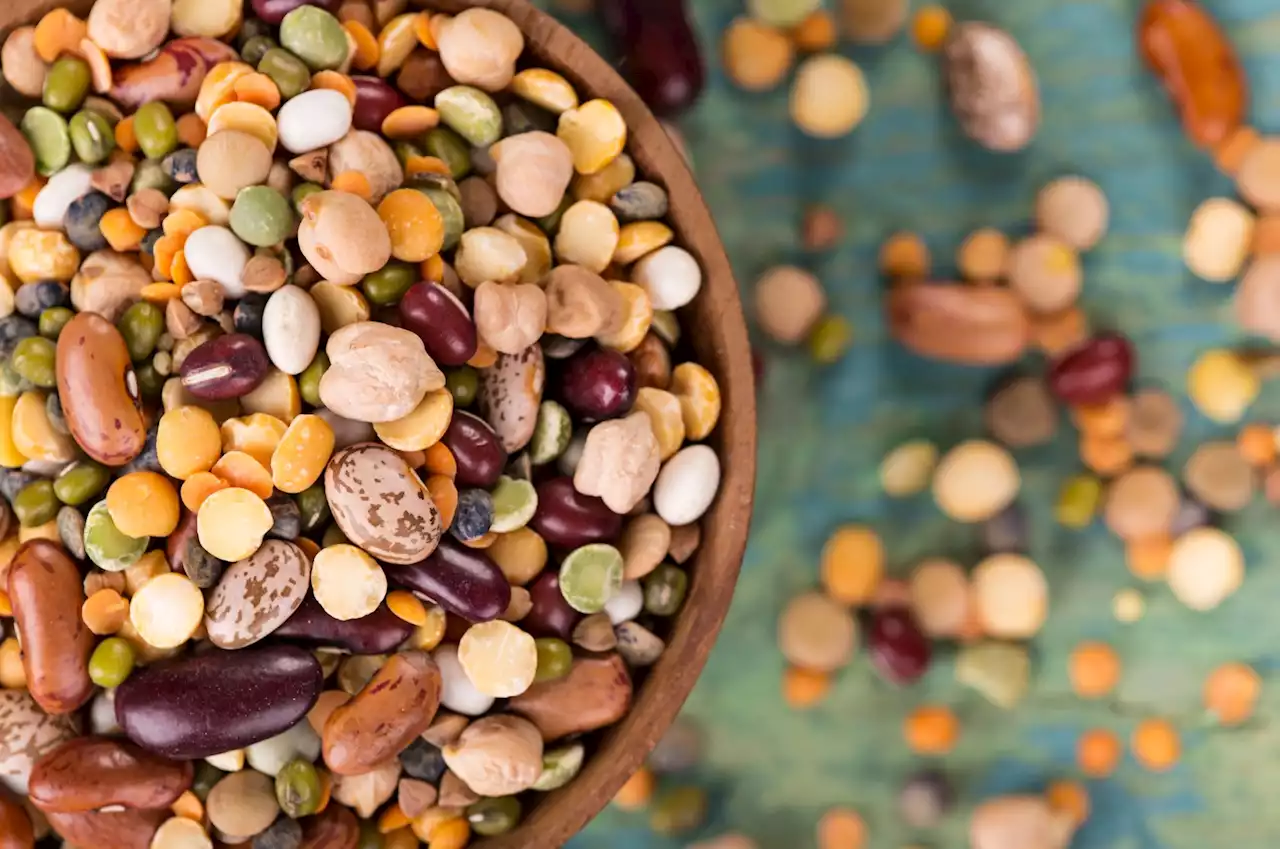Assessing the quality of proteins and the unique benefits of pulses Foods_MDPI usask umanitoba proteins pulses plantprotein food nutrition health legumes
By Dr. Priyom Bose, Ph.D.Jul 31 2023Reviewed by Benedette Cuffari, M.Sc. The rise in the standard of living has parallelly increased the demand for animal-based protein. Previous research indicates that plant-based proteins provide additional benefits to humans over animal protein sources by reducing the risk of cardiovascular disease .
Protein quality assessment Multiple methods, such as PER, PDCAAS, and DIAAS, have been developed to assess protein quality. The PER method, which is based on animal feeding trials, was first standardized to determine protein quality. A food product qualifies for a ‘high source’ claim when the estimated rating is at least 40. PER can also be estimated using PDCAAS measurements using the following equation: PER=PDCAAS × 2.5.
Benefits of plant protein on human health In most developed countries, the consumption of legumes is low, despite its health benefits. Several studies have shown that the consumption of legumes reduces the levels of CVD biomarkers; therefore, legume consumption could act as a dietary preventative measure for the incidence of CVD.
Legumes are also crucial for the growth and maintenance of muscle mass. However, distinctions in the amino acid composition of protein sources could lead to differential muscle protein synthesis.
